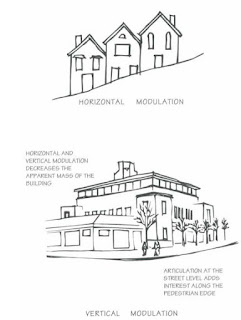Chapter 5.1 - CASE STUDY - 241 Tranquille - North Shore Barbers

Part 3 - entitled "Why its so hard to build on Tranquille" is a series of case studies that show how with the current paradigm of City regulation, building or renovation of buildings is financially impossible - thus despite all the great things happening on big lots by big developers, the small buildings largely remain boarded up and empty lots remain empty. First I want to highlight what our Neighbourhood Plans have been asking for. In all, The North Shore has had 3 Planning Documents that specifically address the concerns and aspirations of the neighbourhood: The McDonald Park Plan (2004) The North Shore Neighbourhood Plan (2008) The Draft North Shore Neighbourhood Plan (2021) The North Shore is also addressed specifically in other plans, like KAMPLAN - the Official Community Plan for the whole city, the Sustainable Kamloops Plans, Transportation Master Plans and others. All of these documents see thousands of hours from City Planners, hundreds of engagement sessions, with
